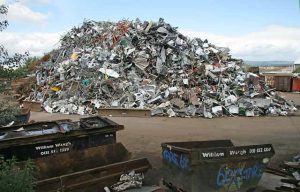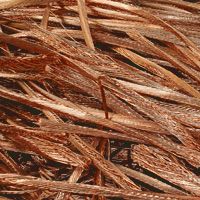One method of classifying metals is by their content, and one common division is into ferrous metals and non-ferrous metals.
FERROUS METALS:
The term ferrous is derived from the Latin “Ferrum” which means “containing iron”, thus ferrous metals contain iron. Ferrous metals may be pure iron, like wrought iron, or they may be alloys of iron and other elements. Steel, being an alloy of iron and carbon, would therefore be a ferrous metal.
Ferrous metals are often magnetic, but this property in itself is not sufficient to classify a metal as ferrous or non-ferrous. Austenitic stainless steel, a ferrous metal, is non-magnetic, while cobalt is magnetic but non-ferrous. However since ferrous metals are the most common magnetic materials, magnets are commonly used to separate them from non-ferrous metals and other materials. Most commonly used ferrous metals are Mild Steel, High Speed Steel, Stainless Steel, High Tensile Steel and Cast Iron.






